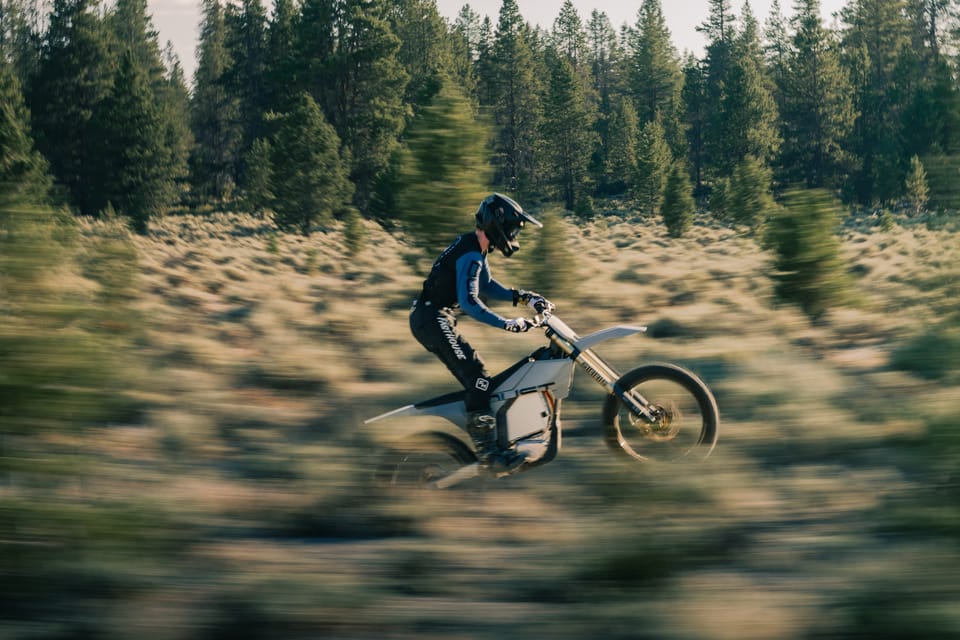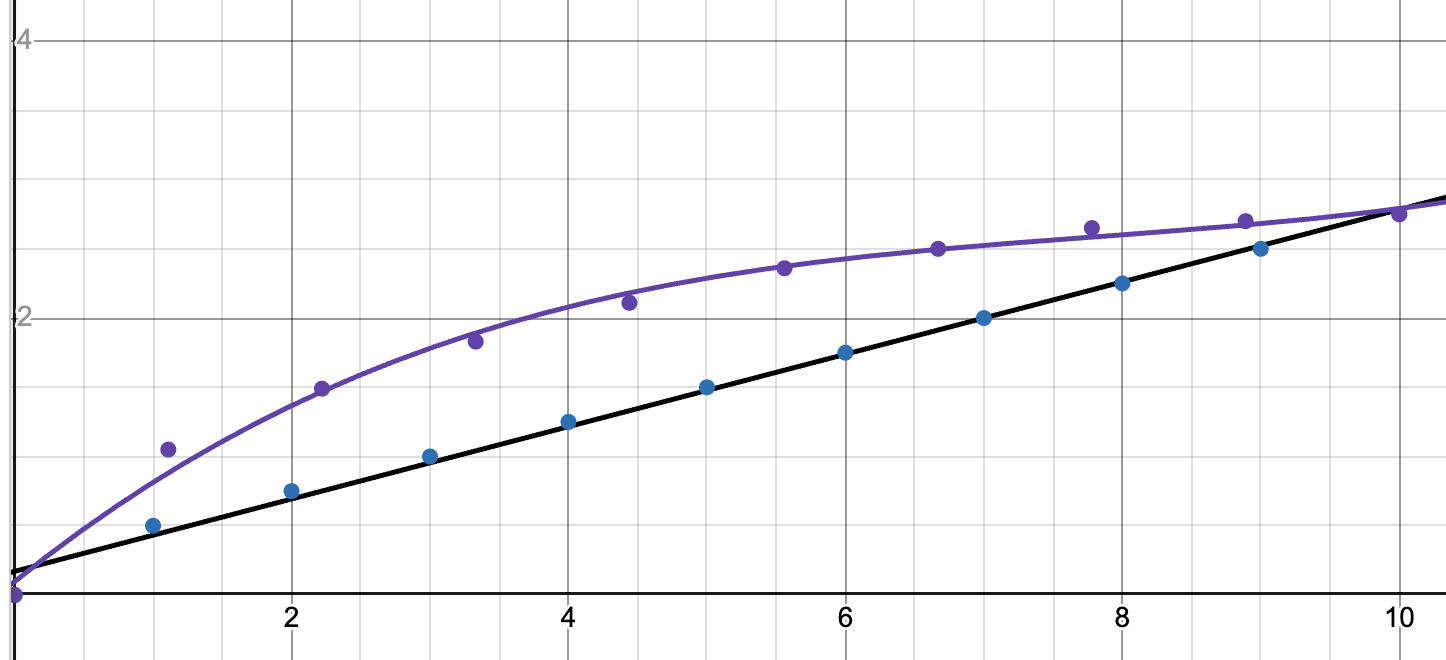⚙️ Twist of the Wrist... Tuned

The throttle is your direct connection to the bike - it's how you communicate your intention to the bike and, in our opinion, is the most personal part of the rider-to-bike relationship. One that can make or break rider confidence in a bike. But what happens behind the scenes to translate your wrist movement into usable, tuned power on an electric dirt bike?
The Rider Feel - Why Throttle Tuning Matters
Every rider knows the feeling of a good throttle. It’s intuitive, responsive, and predictable. When we talk about throttle tuning, we're really talking about controlling two key sensations. The first is response time and feel. This is the immediate feedback loop. When you twist the throttle, does the power feel immediate and explosive, or does it build smoothly? Just as important is the off-throttle feel. Unlike a gas bike with a traditional engine brake, an electric bike's "engine braking" is a result of the motor's regeneration. A well-tuned throttle ensures a smooth and predictable power cut-off, rather than a jarring, abrupt deceleration.
The second key sensation is the rate of response (jerk). Jerk is actually a term from physics that perfectly describes the "feel" of acceleration. Jerk is the rate of change of acceleration. A high jerk means the acceleration comes on very quickly, feeling aggressive and snappy, too much jerk results in what we all know as "whiskey throttle". A low jerk means the acceleration builds more gradually, feeling smooth and controlled. We can tune the bike's throttle map to provide the appropriate amount of jerk for the desired riding style.
The Two Throttle Curves
At the heart of throttle tuning are different throttle "curves" that define the relationship between your wrist and the bike's power output. The curve is mapped out on a visual graph and programs the bike how to respond to your input.
The linear curve represents a direct, 1:1 relationship between throttle position and torque output. If you twist the throttle 50%, you get 50% of the available torque. This curve gives you total control and is ideal for an MX track or any scenario where power availability and sensitivity is paramount. This curve is perfect for managing wheel-spin, feathering the throttle through corners, and knowing exactly what the bike will do at every moment.

In contrast, the logarithmic curve (or regressive curve) is a curve where a small amount of initial twist gives you a strong initial jolt of power, and as you get further into the throttle throw you still get access to power but the torque delivery tapers off. This curve is a game-changer for enduro and technical riding. It makes it easier to "pop" the front wheel over obstacles but insures that there is a balance of torque to avoid and unwanted wheelies in case you dip a little too far into the throttle.
In many bikes that are being produced today you will see that they heavily rely on the regressive curve with an aggressive initial hit of power (high initial jerk). But you will also find that power and torque will taper off quite quickly. This provides a very fun initial jolt that will allow you to easily wheelie, but once you are on a wide open section of trail you will find yourself getting into a dead zone on the throttle with minimal power available. While we want that initial hit of power we also need to make sure that there is plenty power available to you when you're 75% into throttle as well.
The Parameters
The throttle curve is just scratching the surface. The true depth of tuning comes from the key parameters that our software allows us to control. The first is the throttle position vs. torque relationship, which serves as the foundational "map" of the throttle curve (mapped in the visual above). We define how much torque the motor delivers for every degree of throttle rotation. This is where we create the linear and logarithmic curves.
Next is torque vs. speed. This is a more advanced layer of control. We can program the bike to modify its torque output based on the current speed. For instance, at low speeds, the bike can deliver full torque for maximum acceleration, but at high speeds, we can subtly reduce torque to prevent wheel-spin or manage battery efficiency.
Finally, we have the power and torque limits, which act as the "guardrails" of the system, setting the maximum performance of the bike. The power limit is the maximum power the motor can produce. This can be tuned to create different riding modes - for example an "Eco" mode limits power to extend range, while a "Race" mode allows access to full power at the detriment of battery life. The torque limit is the maximum torque the motor can deliver, which defines the "punch" or initial acceleration of the bike. Tuning these limits changes how aggressive the bike feels right off the line.
There are more than 500 tuning parameter in the Hightail controller so we have been deep in the trenches optimizing those parameters to ensure rider feel and confidence out of the box.
Why?
At the end of the day, throttle tuning isn't just about making the bike faster - it's about making the bike better for you, the rider. It's about tailoring the Hightails personality to match your riding style, the terrain, and your confidence level. As we continue to develop the Hightail, we're building a platform that is aimed to instill the highest confidence for it's riders, no matter the terrain. We believe that true performance is about more than just raw power; it's about usable, predictable, and customizable power that makes you a more confident and capable rider.

Member discussion